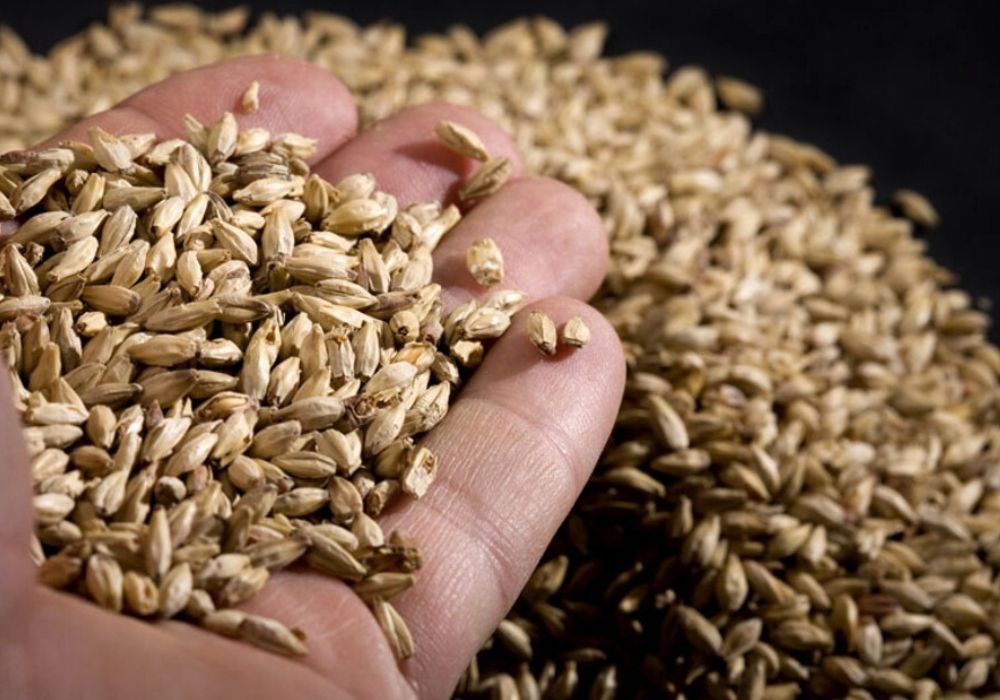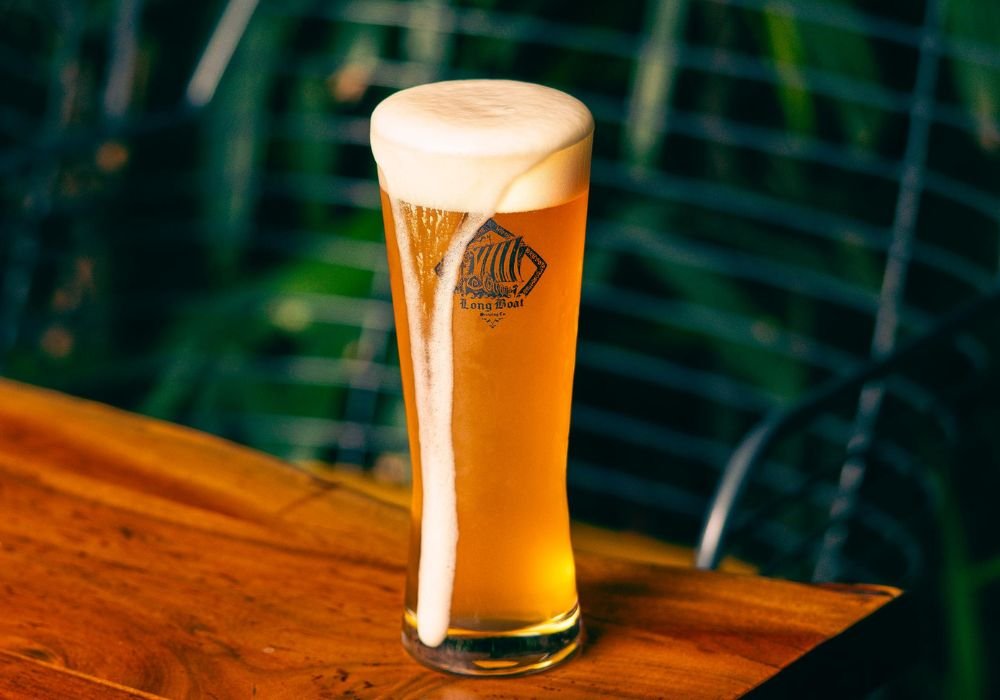Brewing & Biotech – The Connect

Dr Nirupa Bareja
With a PhD in Biological Sciences and a position as Chief Adviser at the Mazumdar Shaw Medical Foundation, Dr Nirupa Bareja also serves on the scientific & technical advisory board of three innovative startups – SigTuple, Aten Porous and 1Crowd.
Director-India operations-Vicus. Therapeutics USA.
In an interactive session with Brewer World, Dr Bareja, talks about the healthy side effects of beer
Conventionally, beer is produced by mixing crushed barley malt and hot water in a large circular vessel called a mash copper. This process is called ‘mashing’. Besides malt, other starchy cereals such as maize (corn), sorghum, rice and barley, or pure starch itself, are added to the mash. These are known as adjuncts or additives. After mashing, the mash is filtered in a lauter tun. The resulting liquid, known as ‘sweet wort’, is then run off to the copper, where it is boiled with hops. The ‘hopped wort’ is cooled and transferred to the fermentation vessels where yeast is added. After fermentation, the resulting ‘green beer’ is matured before final filtration and bottling. This is a much simplified account of how beer is made. A closer look reveals the importance of enzymes and hydrocolloids in the brewing process.
The Role of Biotech; Enzymes
In a grain of cereal, the potential nutrients for the yeast are not in a form in which the yeast can use them. It is therefore necessary to break down the large molecules in the cereal grain.
During the mashing stage, enzymes present in the malt degrade starch and protein from the malt itself and from any cereal adjuncts used. The products of this degradation process are simple sugars, amino acids and lower peptides which can be used by the yeast for the production of alcohol, carbon dioxide, new yeast cells and flavouring components.
Types of industrial enzymes
In the traditional process, malt acts both as a raw material providing starch and protein and as a source of enzymes. However, malting is a relatively expensive way of producing enzymes. Considerable savings can be made by replacing at least part of the malt with industrial enzymes and unmalted cereals such as barley. Apart from the financial savings, the brewing process can be more precisely controlled due to the uniform quality and activity of industrial enzymes. In contrast, malt is a highly variable ingredient because its quality is dependent on the character of the barley used and on the malting technique. Furthermore, the wide selection of industrial enzymes available makes it possible to meet specific needs in the brewing process.
The most important uses of industrial enzymes in brewing are as follows:
Replacing malt with barley
Unmalted barley is a natural and inexpensive substitute for barley malt since it contains the same basic components. The main difference is that barley has a low enzyme content, with the exception of beta-amylase – the enzyme that forms maltose. A large amount of the malt – maybe half – can be replaced by unmalted barley. All it takes is the addition of extra alpha¬amylases, glucanases and proteases to the mash in order to obtain a satisfactory breakdown of polysaccharides and protein. I’ve personally been involved in working at a brewery to demonstrate the merit of using fungal enzymes to make the process much more efficient and productive.
Increasing the level of additives
Additives / adjuncts are used as an extra source of starch in brewing and usually consist of cereal crops that are readily available. Unmalted barley, maize grits, rice, sorghum and various sugars are the most common adjuncts. Protein plays a vital role in fermentation by providing soluble nitrogen compounds that the yeast needs in order to thrive. Since very little protein is contributed by some types of adjunct, it may be necessary to provide extra protein in the wort. This can be done by utilizing the protein in the malt more efficiently – in conventional mashing no more than 30-40% of the protein in the malt is rendered soluble. By adding a protein¬ splitting enzyme, eg protested, more protein can be solubilized and made available to the yeast.
Liquefying additives
In their natural form, starch ¬containing cereals such as maize grits and rice are highly resistant to enzymatic attack.
In order to break down this resistance, they are boiled before being added to the malt mash. The boiled (gelatinized) cereals are very viscous and difficult to handle – they need to be thinned (liquefied) before they can be pumped into the mash copper. This is done using an alpha¬amylase. Malt’s own alpha¬amylase can be used for this purpose, but supplementary enzymes are used increasingly because they are more economical and work at higher temperatures than malt enzymes. A modern thermo-stable alpha¬amylase is available that is effective even at 100°C to ensure thorough liquefaction of the starch. I’ve carried out successful trials while at Biocon R& D to demonstrate and commercialise this step.
An enzyme (alpha acetolactate decarboxylase) significantly reduces the production of diacetyl and thereby makes it possible to reduce the beer maturation time. The enzyme breaks down the alpha-acetolactate directly to acetoin and is added to the cold hopped wort at the start of fermentation.
Improving filtration
Slow filtration is often a problem when the mash is run off in the lauter tun and when the final beer is filtered. This may be due to the presence of certain polysaccharides, mainly beta¬glucans and pentosans, which are found in barley and poorly modified barley malt. Beta¬glucans and pentosans are gum¬like substances that increase the viscosity of the wort, making it more difficult to filter. Beta¬glucans and pentosans can also cause problems in the final beer filtration process by forming a layer of gel which blocks the tiny holes of the filters. Though normally soluble, beta¬glucans become insoluble in certain concentrations of alcohol and form a precipitate. This can happen during fermentation and lagering of strong beers. A simple solution is to break down the beta¬glucans using a beta¬glucanase added during mashing or at the start of the fermentation process.
Additionally, a unique product got from the processed & purified swim bladder of large air breathing marine cat fish called isinglass helps the clarification and sedimentation process of brewing post yeast fermentation leading to quick compaction of yeast which are drawn down by the hydrocolloids in isinglass. I’ve personally worked on this process from R& D to commercialisation stage.
Low calorie beers
Under normal brewing conditions, malt’s own enzymes cannot break down all the starch into fermentable sugars. About one third of the starch is converted into non¬fermentable dextrins, which are carried over into the finished beer. Dextrins are carbohydrates and that means calories.
Enzymes can be added during either mashing or fermentation in order to break down these dextrins into glucose. The glucose is almost completely transformed into alcohol and carbon dioxide by the yeast. If this is taken into account when preparing the wort, i.e. adjusting the strength of the wort, it becomes possible to produce a beer with normal alcohol strength but with, say, one third fewer calories.
This low carbohydrate beer is of interest not only to diabetics who must limit their intake of carbohydrates, but also to beer drinkers who are watching their waistlines.
Decreasing maturation process time
During the primary stage of fermentation, alpha¬acetolactate is formed by the yeast. This substance is slowly converted into diacetyl – a chemical with a very unpleasant flavour. At the end of fermentation and during maturation, the yeast converts most of the diacetyl to acetoin, which has a much more neutral flavour. The formation of diacetyl and its subsequent conversion depend on several factors such as the yeast strain and the fermentation temperature.
An enzyme (alpha¬acetolactate decarboxylase) significantly reduces the production of diacetyl and thereby makes it possible to reduce the beer maturation time. The enzyme breaks down the alpha-acetolactate directly to acetoin and is added to the cold hopped wort at the start of fermentation.
A number of enzyme-based products are available and if added at different steps in the brewing process, significantly increasing the output per batch along with decreasing the time taken. Both these greatly aid in the product efficiency making the process both cost effective and efficient too.
The above article a glimpse of the important role that biotech plays (by way of enzyme & additive addition at various stages) in commercial brewing. Thus, truly and literally making the connect -Cheers to a great glass of beer.
On separate note –
“Pack my box with five dozen liquor jugs!”
This is the shortest sentence which has all 26 Alphabets of English.
Previously it was “A quick brown fox jumps over the lazy dog “
Discovered by a proud drinker



